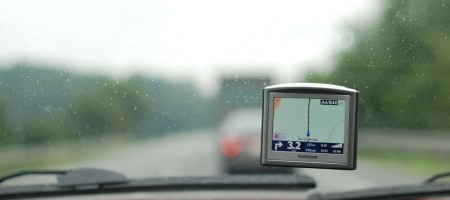Road travel is going to be much safer, or at least there is a promise, when fully autonomous vehicles arrive. You can go much longer without fatigue and with minimum risks. Even local commute would be much safer and less frustrating, probably making the whole world more efficient. But all that is still a while away. Google has been testing its self-driving car for years now and every month there is a report on the project.

During August, the Google vehicles travelled 126,000 miles in autonomous mode, close to what an average human driver drives in 10 years. The number of miles driven have been doubled over the last year to prepare the system with as much learning as possible. They are now being subjected to testing in new areas including dusty desert conditions.
But the most important thing to watch for are the collisions. Minor accidents are inevitable for any vehicle and with more time spent on road, it is more likely. We have been observing the accidents that Google shares in its monthly report and on almost all the occasions, it is the human driver at fault. Over all these years, there have been one or two incidents where the driverless vehicle failed to understand the situation and got involved in an accident. While the incidents involving human errors are just far too many. Even this month, there were two incidents of slow speed crashes, in both the cases the car was rear ended while standing. Another crash in manual mode involved a vehicle that ran a red light.
The Google self-driving vehicles are performing much better than an average driver in the region already. And this while also dealing with the different response the Google vehicles get from other road users. Earlier this year, Google highlighted how people are leapfrogging in front of these vehicles. Another crash that month was because a disoriented driver rear ended a Google vehicle.
These are all minor incidents and it is very likely that many of them would have gone unreported. However, this reinforces the idea all the self-driving car projects begun with. We really need them for a safer, better ground transport in future.
You can find the report for August here.



















